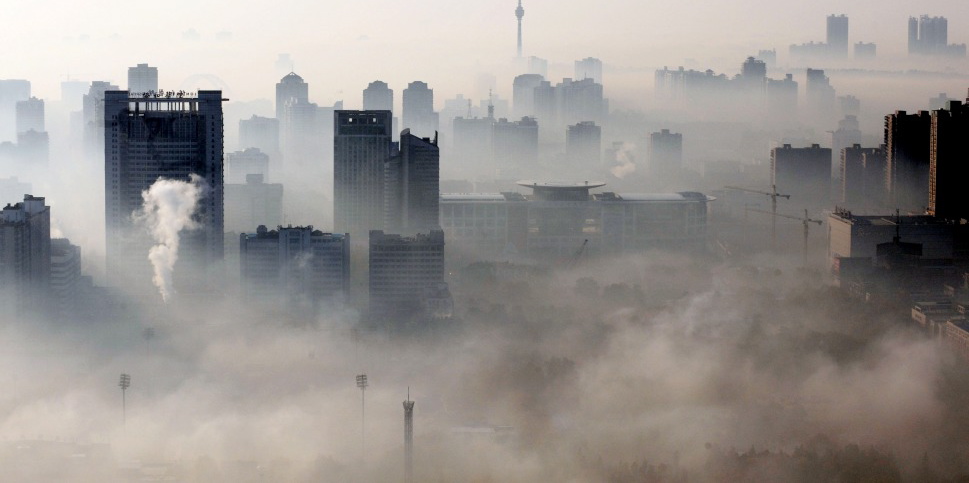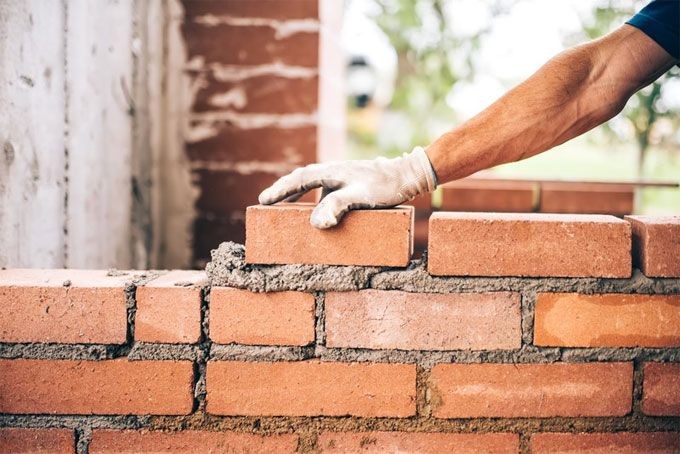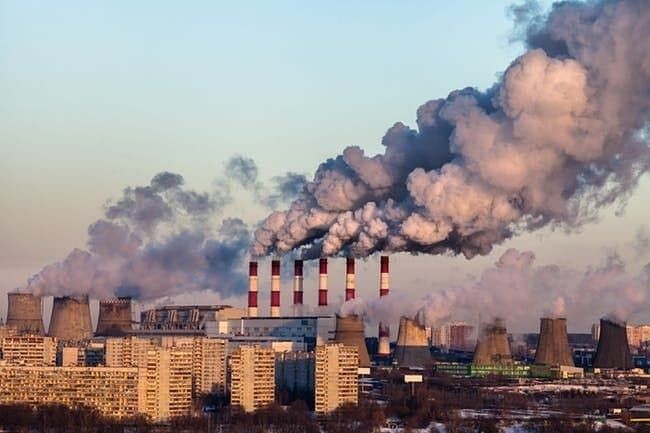
Humankind went from living in the forest to living in houses made of concrete. Gradually, we started disconnecting from nature. We started building barriers between humans and nature. After water, concrete is the widely used substance on earth. Therefore the amount of cement production is even higher than plastic production. In accordance with the past 60 years of plastic production, which is 8bn tonnes; cement production amounts to more than that every two years. Unlike plastic, the threat concrete is imposing on our planet, biodiversity, and ourselves isn’t visible. We have replaced our blue and green nature with grey cement. In the name of development, we have made an artificial habitat for ourselves by removing ourselves from nature. But unlike nature that replenishes itself, concrete degrades with time.

Brief History of Concrete
Traces of concrete and cement-like structures are found in various cultures across the globe. They go way back to 6,500 B.C. Initially, crude cement was made by crushing or burning gypsum or limestones. To make mortar, water and sand were added. With time, this mixture was improved by adding other substances. Presently, concrete is made using Portland cement, which is a coarse and fine aggregate of stone, sand, and water. Admixtures are chemicals added to this mix to control its setting properties.
The Reason Behind the Mass Production and Use
Concrete’s efficiency to keep natural elements like rain, snow, wind, storms at bay has led to its widespread use. It provides solidity and endurance, therefore, making it the ideal foundation material on which modern architecture thrives. Therefore, to construct buildings, schools, hospitals, bridges, etc. concrete is used.
Risks to the Environment

Air
- The cement industry is a major producer of carbon dioxide. Cement production is alone responsible for 2.4% of the global CO2 emissions. Consequently, the carbon footprint is immense, right from procurement of raw materials to build an apartment.
- Concrete dust is a major cause of air pollution. Demolition of buildings due to man-made or natural disasters creates concrete dust. Concrete dust is the finer concrete particles that remain suspended in the air. Which in return causes air pollution.
- Urban heat island effect. You might have noticed the difference in temperature between rural and urban areas. Concrete is the major reason behind the urban heat island effect.
Soil
- Reduced soil percolation capacity. Concrete hardens and retains water from seeping back into the ground. This in turn does recharge the underground water, leading to a water crisis.
- Loss of soil fertility. Water does not seep into the soil, making the soil barren.
- Soil erosion. Concrete causes damage to the most fertile layer, the topsoil. It makes the surface hard, therefore, causing surface runoff and soil erosion.
Water
- Water pollution. As the cement degrades with time, they run off to the river, lakes, seas causing water pollution.
Living Beings
- Wet concrete is highly alkaline. It is advisable to use protective gears while working or it may cause severe damage.
- Loss of natural habitat. Deforestation for the cause of urbanization is the leading cause of loss of natural habitat. Birds and animals seek shelter in cities, which causes them to perish due to natural and unnatural reasons; such as cell phone towers interfering with their reproduction cycle; run over by motor vehicles; not getting sufficient or contaminated food, or merely persecuted by claiming them to be a health hazard.
Surroundings
- Climate change. Due to the increased emission of carbon dioxide into the environment, which is a greenhouse gas; concrete is also one of the major reasons behind climate change.
- Noise pollution. Quarrying, transportation of raw materials, manufacturing of cement, and construction sites are contributors to noise pollution. Which can increase the chances of hearing difficulty.
- Fossil fuels. The production of cement requires fossil fuels. Therefore is responsible for the fast pace depletion of fossil fuels.
Negative Impact on Human Health
- Concrete dust causes respiratory problems. It scars the lungs and causes silicosis. Prolonged exposure to Silica dust causes lung cancer. Silica dust is a carcinogen. This type of Lung cancer Kills an average of 789 UK workers every year.
- Desensitization to nature. The more we are moving away from nature the more we are coddling our immune systems. In addition causing various health issues.
- Concrete flooring causes Varicose veins, Achilles tendonitis, osteoarthritis.
- Wet cement can cause severe chemical burns. If one does not use protective equipment, cement being highly alkaline can even cause third-degree chemical burns
Concrete, Co2, and Carbon footprint
According to the Global Commission on the economy and climate, urbanization, population growth, and economic development will push global cement production to 4-5 bn tonnes a year. Therefore, the construction sector will emit 470 gigatonnes of carbon dioxide by 2050.
Making cement results in high levels of CO2 emission
After transport and energy generation, cement production is the third-ranking producer of anthropogenic (man-made) carbon dioxide in the world.
Cement production causes 4 - 5% of the worldwide total CO2 emissions
During cement production CO2 is produced at two points :
Firstly as a byproduct of the burning of fossil fuels, primarily coal, to generate the heat necessary to carry on the cement production. Secondly, from the thermal decomposition of calcium carbonate in the process of producing cement clinker.
CaCO3 (limestone) + heat -> CaO (lime) + CO2
• One tonne of cement production results in 780 kg of CO2
• 30% of the total CO2 output derives from the use of energy. The rest 70% results from decarbonization
• 5% of the worldwide generation of CO2 is due to cement production. That level of output also reflects the universal importance of cement throughout the construction industry.
We suggest you also read Rainwater harvesting 101






